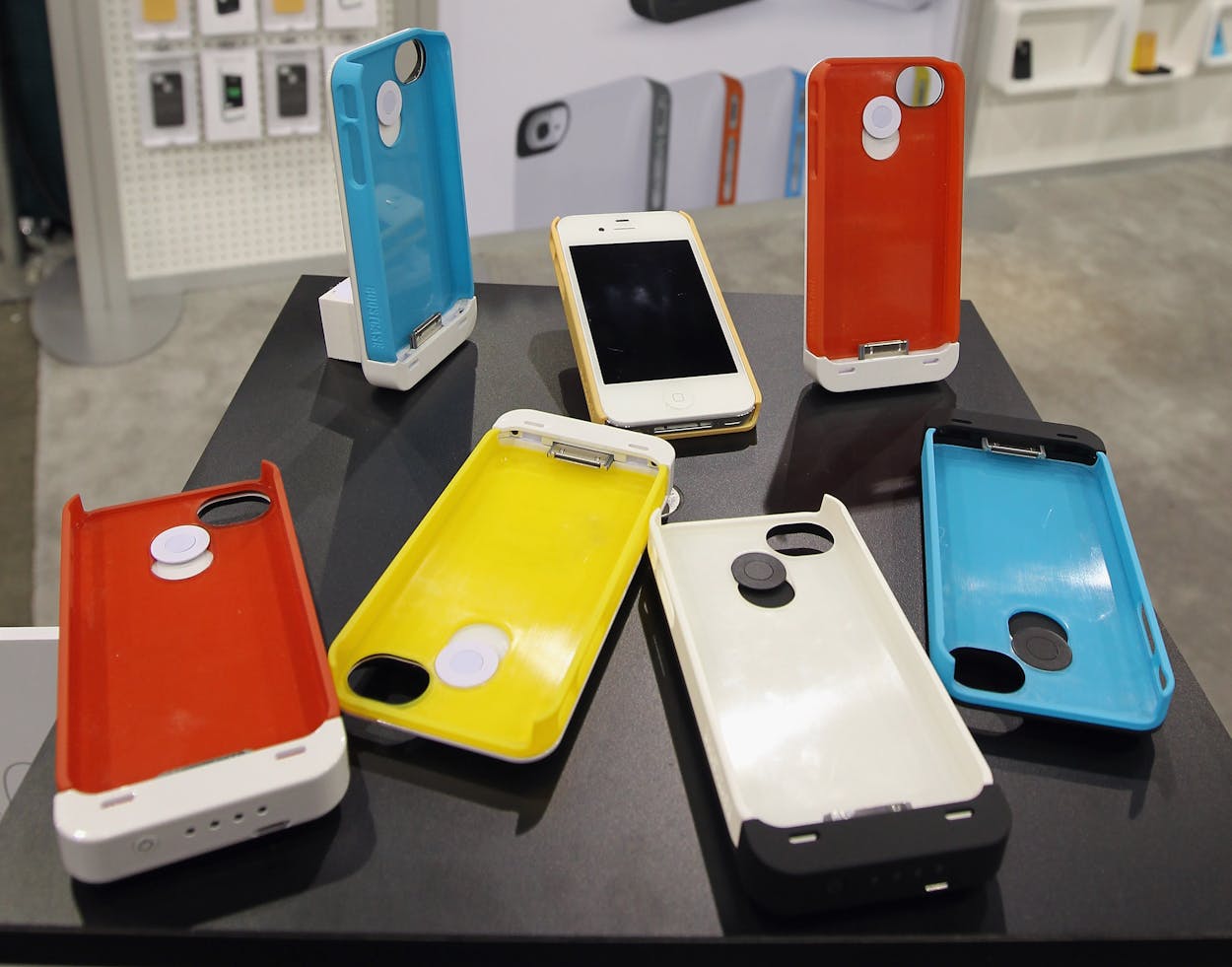The future is in batteries. Our phones and tablets, an increasing number of cars, and—eventually—our homes run on them. And as we continue to prize mobility and portability in our devices, we need effective ways to power them up. To date, the best battery available to do that is the rechargeable lithium-ion battery.
That battery was developed in the early eighties by a team of engineers that included John Goodenough, who started his work at Oxford University and concluded it at the University of Texas at Austin. Goodenough has been recognized by the Institute of Electrical and Electronics Engineers and the National Academy of Engineering for his contributions in inventing the technology. But even at 94, he’s not done yet.
Goodenough has developed new technology that significantly improves on the lithium-ion battery, which is described in a recently published article in Energy & Environmental Science. According to a statement from UT’s Cockrell School of Engineering, Goodenough’s work, conducted with senior research fellow Maria Helena Braga, led to “a low-cost all-solid-state battery that is noncombustible and has a long cycle life (battery life) with a high volumetric energy density and fast rates of charge and discharge.” That’s a battery that’s safer than the ones that blew up in Samsung Galaxy S7’s, faster-charging than others that take a few hours to get back to full battery life, and longer-lasting than the ones that have necessitated a robust aftermarket for external charging batteries.
Of course, there are plenty of batteries that sound promising in the lab, but which never seem to make it to market. The engineer behind the Sakti3 improved lithium-ion battery met with Obama in 2015 to talk about the model she had created for a better battery; two months later, she got out of the project, selling it to British vacuum cleaner manufacturer Dyson, who’ve made no major announcements about what they’re doing with the technology. There’ve been plenty of breathless reports about the power of aluminum-air batteries, which have a potential capacity of up to 40 times that of lithium-ion batteries, but there are problems with the technology: aluminum corrodes, which makes it a bad fit for cars and other devices that need precise batteries, and they’re not rechargeable. That’s kept these new batteries more science-fiction than science-fact.
The presence of Goodenough on the team for the the new solid-state battery cells is enough to lend it some credibility—if nothing else, that’s a guy who knows batteries. And the technology, which uses glass electrolytes instead of the liquid ones that current lithium-ion batteries use, along with cheap, easily obtainable sodium instead of lithium, means that the cost-to-market obstacle that seemed to hamstring Sakti3 might not be an issue. It’s still early, but if it’s good enough for Goodenough, it’s worth taking seriously.
The team’s research concludes that the batteries can store three times as much energy as today’s lithium-ion cells. That’d be enough to change the ways we use our cell phones—a phone that can go three days between charges has a lot more opportunity for battery-intensive applications—and increasing the range of the battery on an electric car could transform it from “luxury product status symbol” into something that could revolutionize the shipping industry. Technology like the Tesla Powerwall currently holds a lot of promise in terms of developing self-sustaining, off-the-grid homes—houses with solar panels that can charge the battery during the day and power themselves at night. That technology becomes significantly more reliable if the amount of power it can store triples—and who knows what it could mean to society at large if these batteries are built up for industrial use.
All of which is to say that any time there’s a breakthrough in battery technology, we should pay attention. And though we haven’t seen enough of this latest work to know if it’ll be as revolutionary as his first breakthrough, Goodenough’s definitely got the track record to make this exciting.








